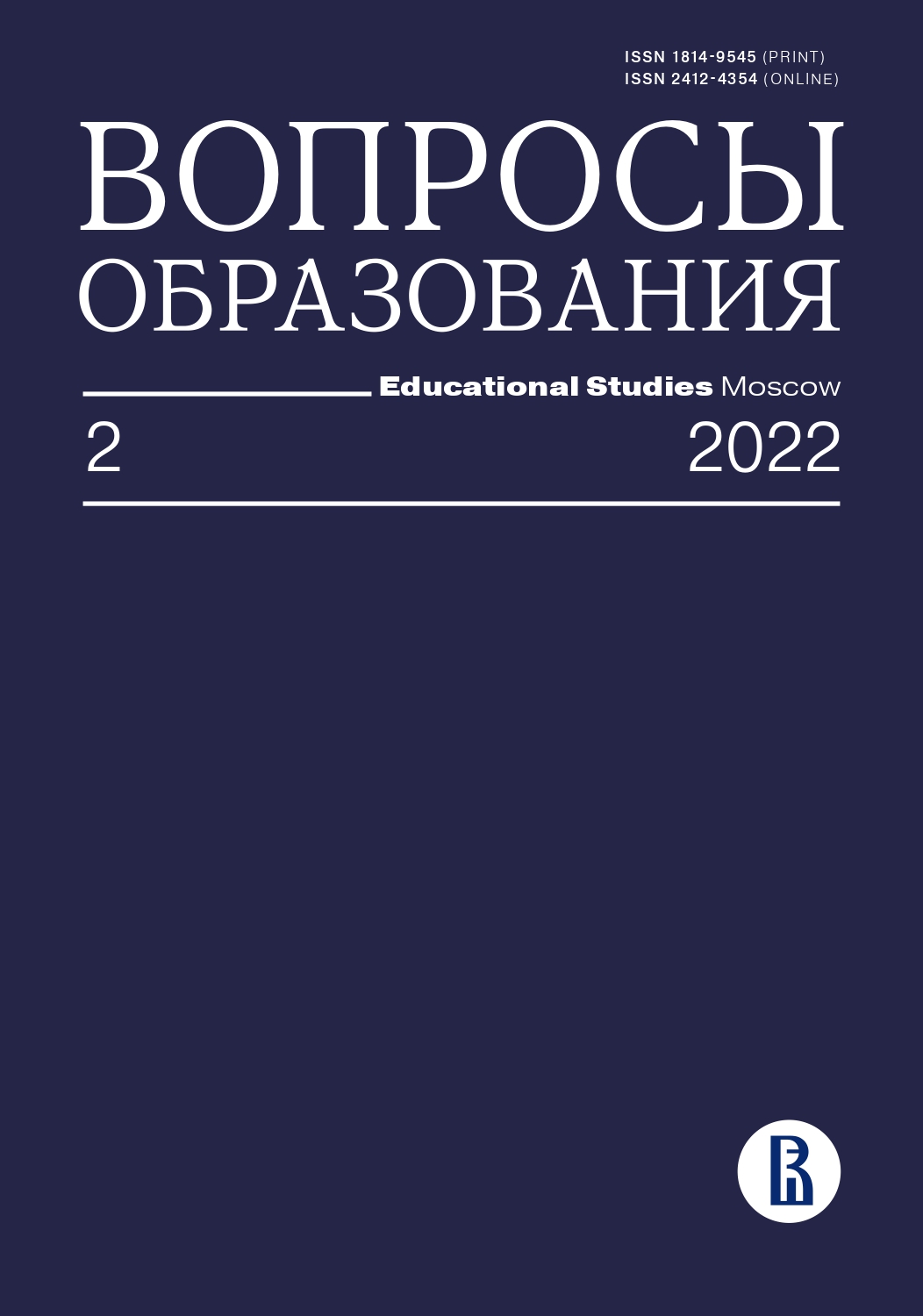Educational Migration of Young People and Optimization of the Network of Universities in Cities of Different Sizes
Abstract
As a result of measures related to the liquidation of inefficient universities and low-quality education, the university network of Russia in 2013-2019 has significantly changed its configuration. In particular, the total number of universities decreased by 42%, including parent universities by 23%, branches by 56%. At the same time, the number of students decreased by 33% over the same period, the reform occurred during a period of demographic decline in the youth age cohorts. However, the consequences of the reform to optimize the network of universities could have a different impact on the structure of urban and regional higher education systems in different parts of the country.
Most of the federal and departmental statistics describing the situation in the field of higher education, and, accordingly, the results of research, are presented at the national or regional levels. However, almost all universities are located in cities, and this key level from the point of view of spatial localization of educational institutions falls out of the pool of educational analytics and research. Large cities everywhere attract young people with a wide range of factors. One of them is the possibility of choosing a university and an educational program. Other factors are related to the quality of the environment and services, the breadth and diversity of the labor market, which positively distinguish large cities from less populated places. The available data do not allow us to divide the migration attractiveness of the city for young people into those related to the presence of a university and the quality of educational services provided by it and those related to other possible factors of attractiveness. However, we can analyze whether there presentation of universities in cities of different sizes is correlated with their migration attractiveness, expressed in net migration indicators of 15-19-year olds. The conducted research has shown that the cities with a population of over 250 thousand people are the most attractive for migration and at the same time the least subjected to the reorganization of the university network. The concentration of universities in the largest cities of the country contributes to the strengthening of centripetal migration of young people. Small towns have experienced the main consequences of the implementation of state policy measures aimed at improving the quality of higher education. For many applicants from small and medium-sized cities, having one university or branch was the only opportunity to get a higher education without leaving their hometown.









